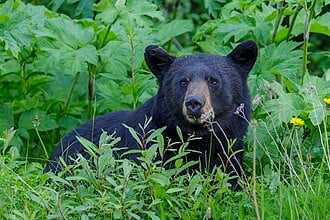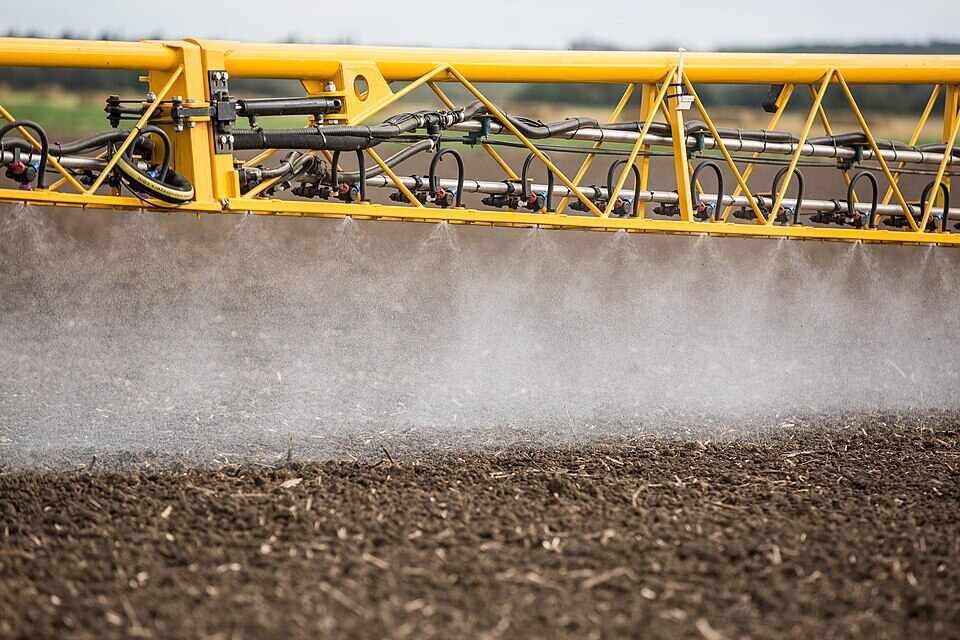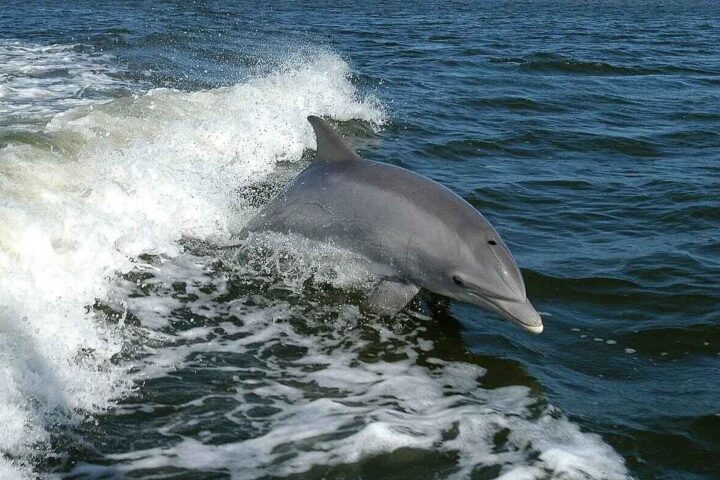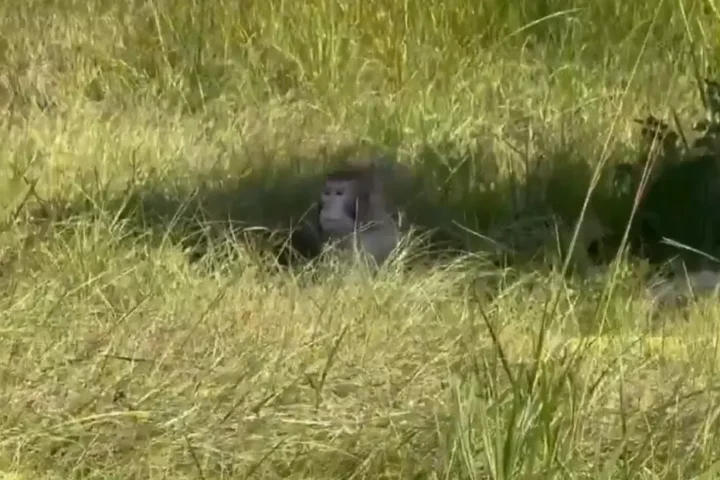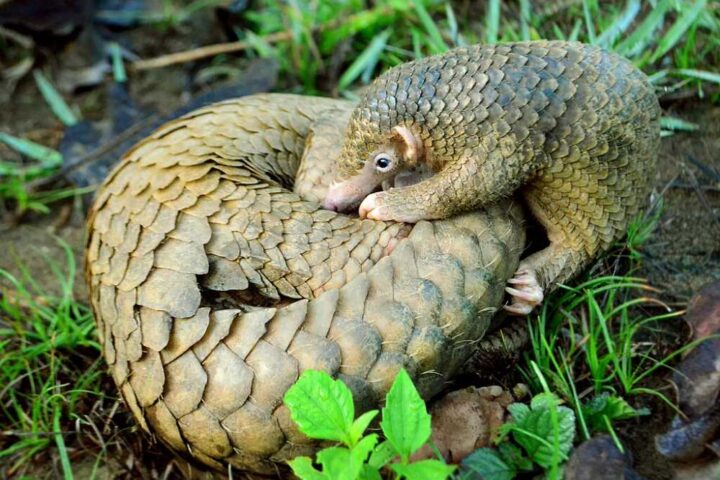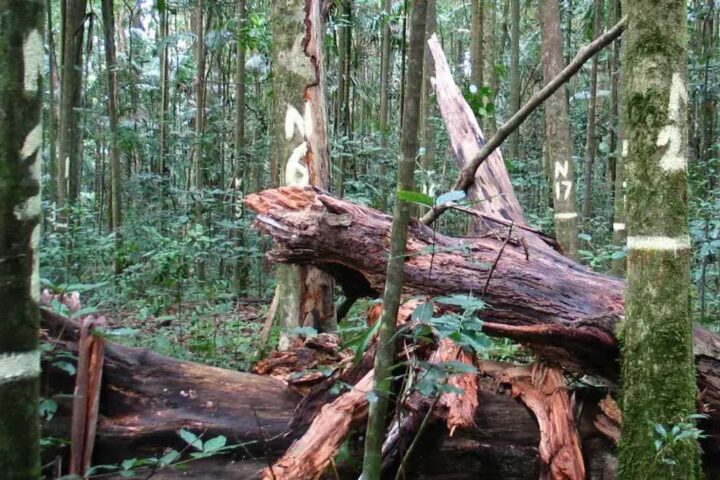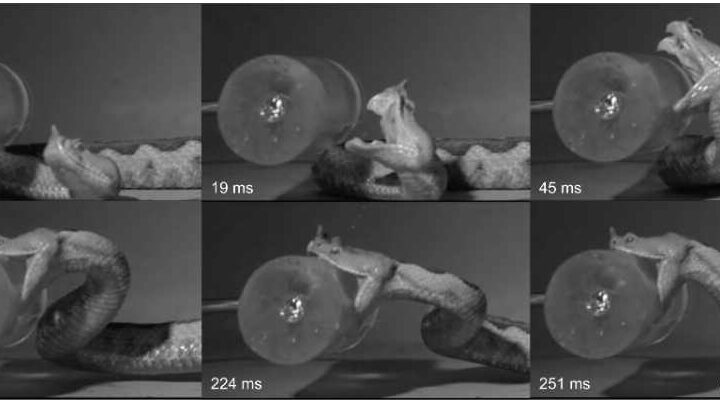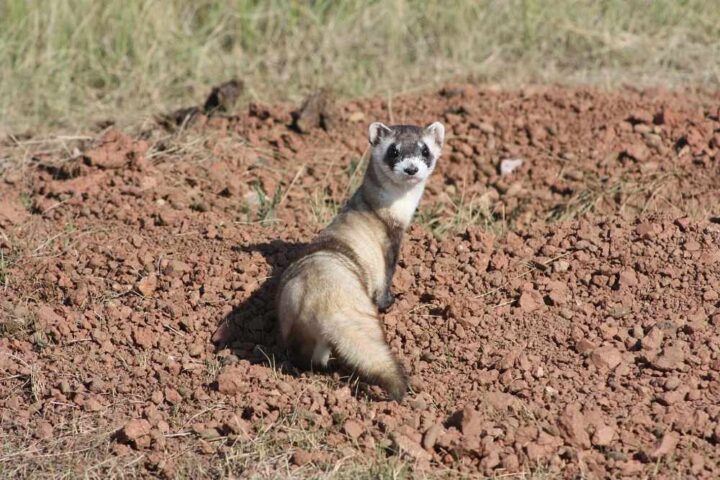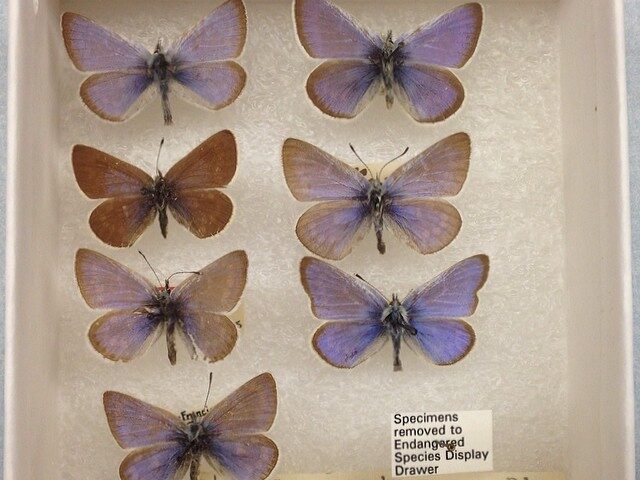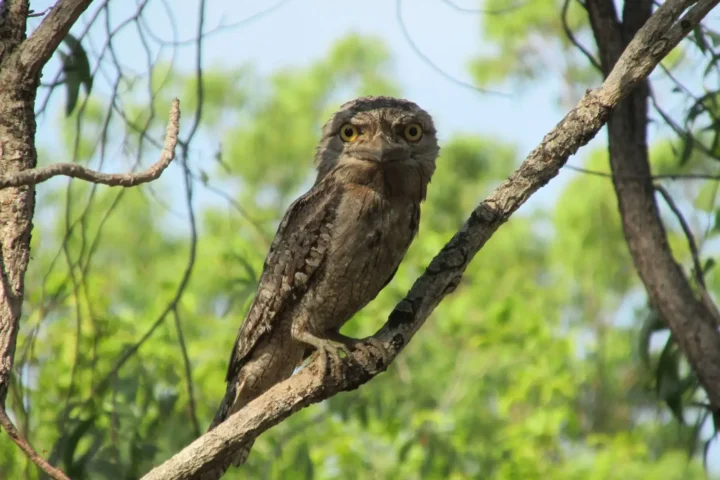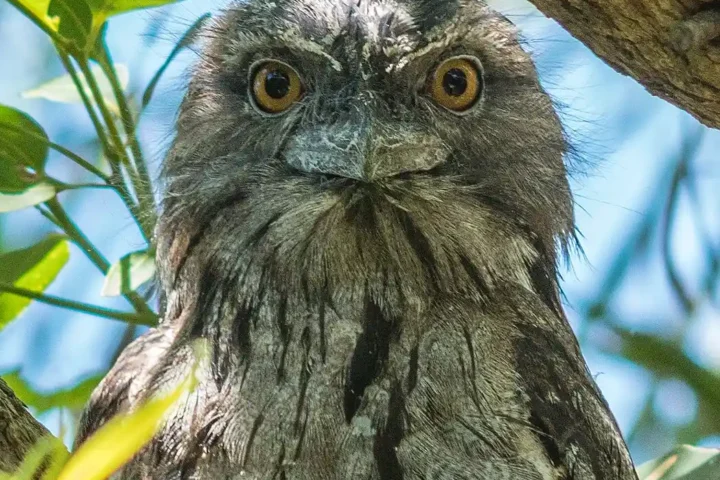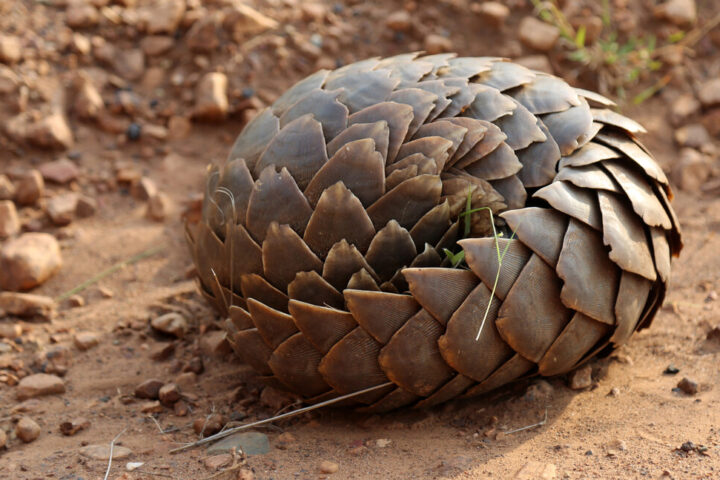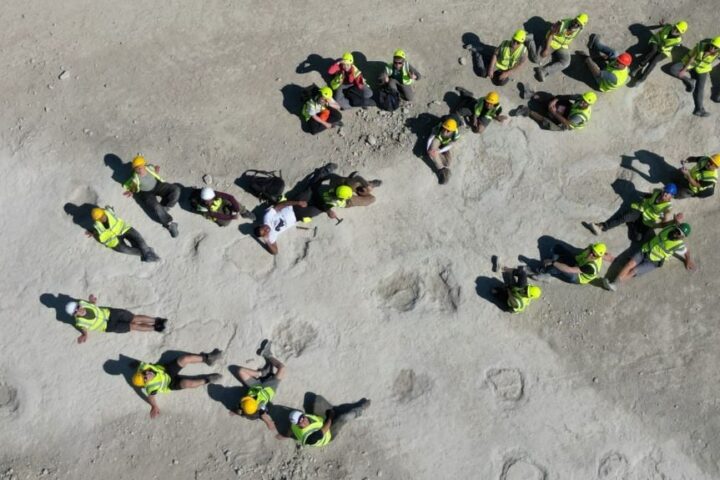A hefty 430‑pound male black bear met his end on Sonoma County roads last week, raising questions about wildlife movement patterns and road safety as bears reclaim historical territories across Northern California.
The unfortunate encounter occurred at 4:38 a.m. on Tuesday, April 29, when a westbound Chevy pickup collided with the massive ursid on River Road at Trenton Road near Forestville. Initially, the bear survived the impact.
“The bear was walking around his truck and even clawed at his truck apparently,” reported California Highway Patrol Public Information Officer David deRutte.
By 9 a.m., though, the animal had succumbed to injuries. California Department of Fish and Wildlife (CDFW) biologists collected tooth and genetic samples for integration into the state’s bear monitoring database.
This particular bear’s size far exceeded typical proportions for the region. While adult male black bears (Ursus americanus) in Sonoma County generally weigh between 150–300 pounds, this individual tipped scales at 430 pounds—approaching the upper limits even for the species statewide, where males typically max out around 400 pounds with occasional specimens reaching 500.
“Highways can break up connectivity between wildlife habitats,” explained CDFW spokesperson Krysten Kellum, highlighting how road networks fragment natural movement corridors essential for healthy bear populations.
California’s black bear numbers appear stable over the past decade. The latest CDFW Black Bear Conservation and Management Plan estimates a population between 49,000–71,000 animals statewide, with an Integrated Population Model pointing to approximately 59,851 bears. Half of these bears inhabit the North Coast and Cascade regions, with another 40 percent concentrated in the Sierra Nevada.
Similar Posts
What makes this collision particularly noteworthy? Bears have been expanding their range northward into Sonoma County in recent years, with reproduction now documented locally. Trail cameras captured cubs at Hood Mountain Regional Park for the first time ever on December 22, 2024—concrete evidence of breeding populations becoming established in areas where bears once roamed historically before widespread habitat alteration.
Road mortality represents a persistent threat to these recovering populations. CDFW data reveals an average of 111 black bears perish annually on California’s roads (2016–2020 figures), a number considered conservative since many incidents go unreported.
The UC Davis Road Ecology Center has mapped approximately 15,000 miles of California highways to identify wildlife‑vehicle collision hotspots, data that increasingly informs targeted mitigation measures.
Such proactive approaches to wildlife‑roadway conflict have gained legislative backing through Assembly Bill 2344 (Safe Roads and Wildlife Protection Act), which allocates funding specifically for evaluating road barrier impacts and implementing connectivity solutions like wildlife crossings and fencing.
Seasonally, bears follow predictable activity patterns that drivers should note. Spring through early summer represents peak movement periods, with dawn and dusk hours posing highest collision risks as bears actively forage and seek mates.
For motorists traversing bear country, wildlife experts advise reducing speed, especially during crepuscular hours (dawn/dusk), treating forested corridors as wildlife “neighborhoods,” and staying vigilant for animals near roadways.
Hikers and outdoor enthusiasts can minimize potential conflicts by traveling in groups, making noise while on trails, carrying appropriate deterrents, and properly securing food and garbage—basic ursid etiquette that helps prevent habituation while preserving natural bear behaviors.
This Sonoma County collision comes exactly one century after California’s last confirmed grizzly bear sighting (spring 1924, Sequoia National Park), a sobering ecological timeline that frames current conservation efforts to maintain viable black bear populations amid increasingly fragmented landscapes (State Senate resolution marking last sighting).

CDFW encourages public participation in wildlife monitoring through their Wildlife Mortality Reporting System, where sightings of road‑killed animals help build more comprehensive data on collision patterns and potential disease outbreaks.
As black bears continue reclaiming former territories across Northern California, transportation planners, wildlife managers, and everyday citizens face the shared challenge of fostering coexistence on landscapes we collectively inhabit—a practical test of our ability to balance human infrastructure needs with ecological connectivity for species requiring extensive home ranges.
